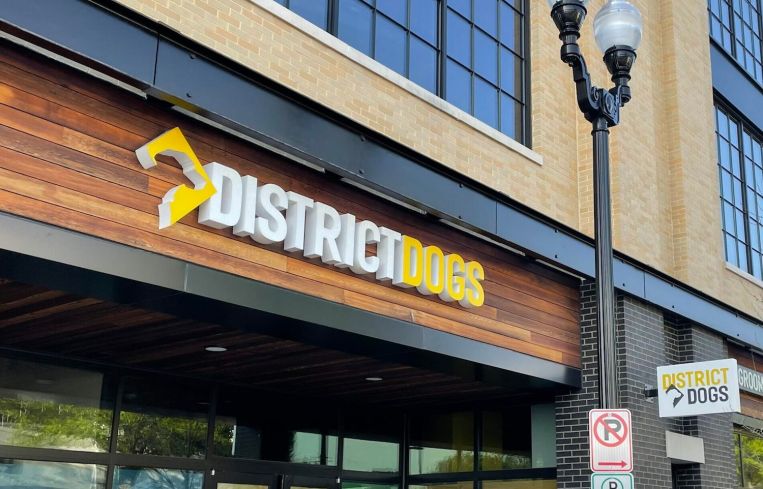Arlington Wants to Turn Vacant Offices Into Breweries, Arcades and Urban Farms
By Keith Loria October 25, 2023 6:27 pm
reprints
It may be the home of Amazon’s HQ2, but Arlington, Va., is facing one of the highest office vacancy rates in the country.
In an effort to address the matter, Arlington officials are rewriting the rules of urban development, launching an initiative to transform vacant office space into an array of concepts, such as breweries, arcades and urban farms.
The plan, called the Commercial Market Resiliency Initiative, is “a strategy to modernize Arlington’s regulations, practices and processes to ensure a more nimble response to economic shifts,” according to an Arlington government fact sheet.
While the program is in its early days, some tenants are already taking advantage of it. That includes doggy boutique District Dogs, which signed for 1,500 square feet at 510 14th Street S; indoor dog park Snouts & Stouts, which inked 11,000 square feet at 2709 S Oakland Street; and virtual indoor golf company Par Citi, which signed a lease at 3102 Columbia Pike.
“The primary benefit of the above efforts to new tenants is increasingly streamlined processes to seek approvals to open their business,” Ryan Touhill, director of Arlington Economic Development (AED), told Commercial Observer. “It’s a concerted effort to align government processes in a manner that provides businesses with a streamlined process for approvals while maintaining the high quality of life that Arlington is known for.”
Arlington’s vacancy rate reached an alarming 22 percent in the latest office data, with approximately 9 million square feet of space available. That is well above the national average of 13 percent, and an increase from 16.1 percent pre-pandemic, according to CoStar.
High office vacancies impact the revenue of local businesses, as well as the city’s budget and services, according to Touhill. Arlington’s residential and commercial tax bases were roughly split 50-50.
“An increase in vacancies decreases the value of office buildings, which affects Arlington’s commercial real estate tax revenue stream,” said Touhill. “A decrease in commercial property tax revenue shifts more of the burden to residential tax revenue. Less tax revenue generated affects county services, and if this is not corrected, the community will experience higher tax rates and/or reductions in services.”
Arlington has therefore taken steps to diversify its commercial base. For example, the Arlington Board of Supervisors expanded commercial uses over the past year as part of a separate program, such as micro-fulfillment centers, urban agriculture, artisan beverage and workshop facilities, research and development spaces, and more.
Additionally, the county improved its permitting process and made a full shift to online permitting through Permit Arlington; is considering streamlined administrative processes to make shifts between commercial and residential uses easier by amending the requirements; and adopted a simplified approach for outdoor cafes based on the Future of Outdoor Dining study.
“Important AED initiatives include the GRANT program, the Arlington Innovation Fund, the All in Arlington tourism branding, BizLaunch and ReLaunch, and other business services,” Touhill said. “These efforts are all part of the county’s commitment to respond to the changing commercial market and shifting behaviors.”
Update: This story originally misattributed source material. This has been corrected. We apologize for the error.
Keith Loria can be reached at Kloria@commercialobserver.com


